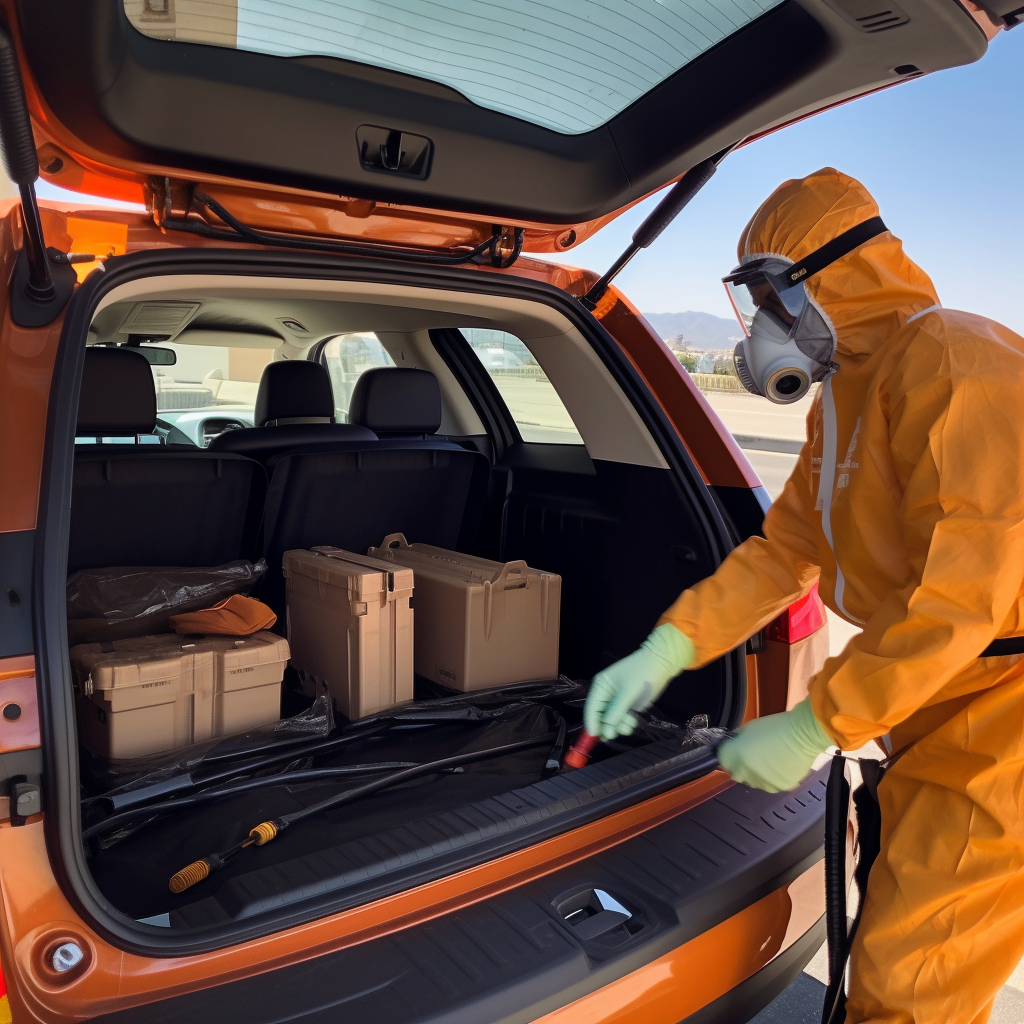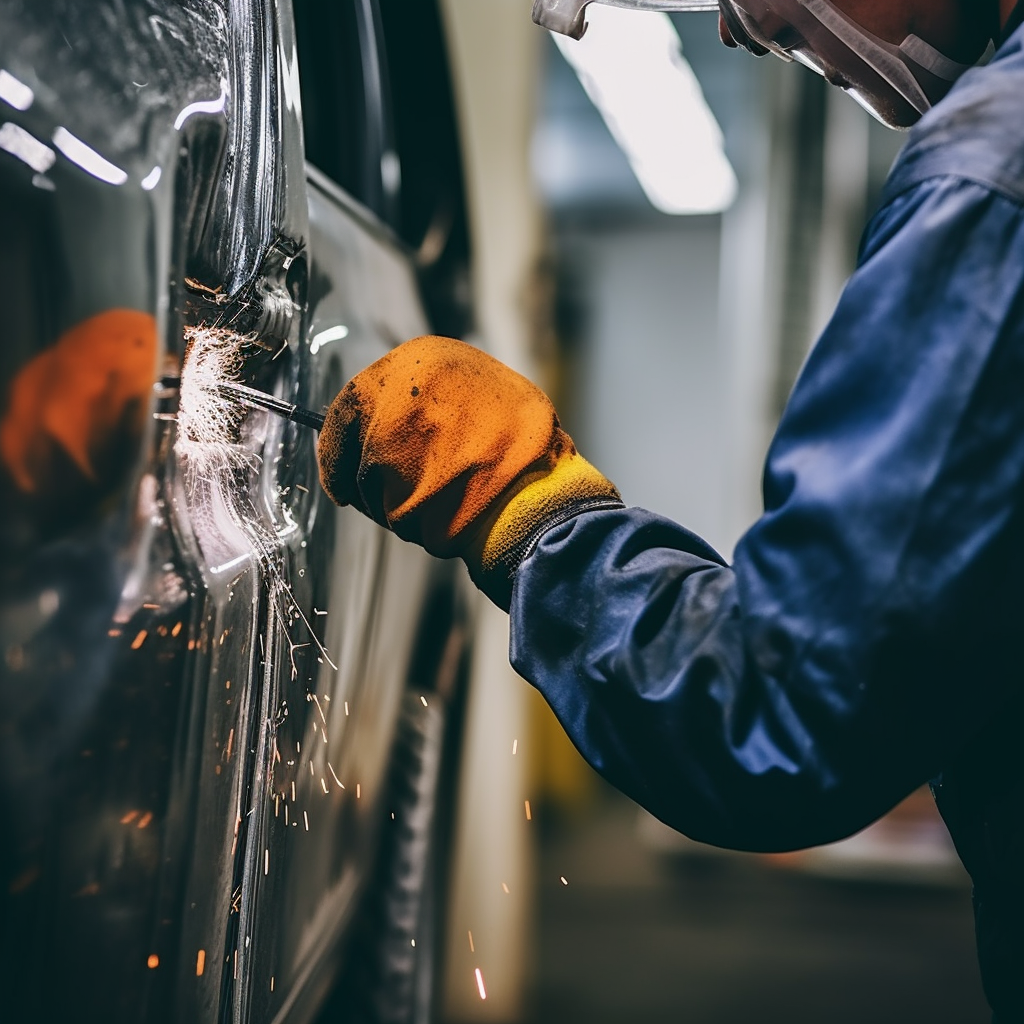What to Do if a Repair Shop Damages Your Car

The moment when the reality of an auto repair shop damaging your car sets in, frustration and a sense of helplessness can be overwhelming. But don’t worry, we’re here to help. This piece will take you through a practical guide that outlines your rights and the steps to take when faced with such an unpleasant situation. We’ll give you the scoop on everything from understanding what’s happening to effectively addressing the issue and, if it comes down to it, exploring legal remedies. Strap in for a comprehensive ride that will help you take control if a repair shop causes more harm than good to your precious vehicle.
Grasping the Scenario
First things first, let’s understand the beast we’re dealing with. An auto repair shop is a sanctuary for vehicle care and maintenance. This is where your ride gets its regular checkups and fixes, from routine oil changes to more intricate engine repairs. In essence, when you hand over your car keys to them, it’s an implicit agreement that they’ll treat your car with due care, skill, and expertise.

Yet, things can go awry. The damages can range from superficial scrapes, dents, or paint damage to more serious issues with the car’s mechanical or electrical functions. Hence, it’s always a wise move to record your car’s condition before sending it for repairs. A handy tip: whip out your phone, take pictures, or record a video. This will serve as a crucial piece of evidence should any unexpected damage occur.
Don’t feel like you’re at the mercy of the repair shop if they have damaged your car. There’s a silver lining, as consumer protection laws are here to help. These laws, however, differ from region to region, so it’s in your best interest to familiarize yourself with the ones applicable in your area. Knowledge is power, and knowing your rights and available remedies will gear you up to tackle the issue effectively.
First Actions to Take
Finding your car in a worse condition post-repair can be a shocker. It’s important to keep a cool head and swiftly take these steps:
A. Damage Assessment
- Inspect your car meticulously: Look for any noticeable damages, paying special attention not only to the area that was meant to be repaired but also to other parts of the car for any new issues.
- Document the damage: Don’t forget to capture clear photographs or videos showing the full extent of the damage, including any relevant details or identifying marks.
- Take note of signs of negligence: Be vigilant and keep a record of any signs of improper handling or negligence during the repair process. These details can help build your case if required.
B. Reaching Out to the Repair Shop
- Inform the repair shop promptly: The moment you notice any damage, get in touch with the repair shop. This establishes a timeline and ensures they can’t say they weren’t aware.
- Discuss the damage specifics: Give them a clear, concise rundown of the damage and provide details about when the car was delivered. If possible, back up your claims with the documentation of your vehicle’s initial condition.
- Request a meeting: It often helps to have a face-to-face conversation about the issue with the shop’s owner or manager. This can pave the way for a more productive discussion and improve your chances of finding an acceptable solution.
C. Collecting Evidence and Information
- Gather paperwork: Have all the documents related to the repair on hand – invoices, estimates, warranties, or agreements. They serve as proof of the work done and the terms agreed upon.
- Obtain witness statements: If any witnesses were present during the car’s delivery or pick-up, ask them to provide written statements detailing what they observed.
- Keep track of communication: Maintain a record of all interactions with the repair shop. This evidence will prove your efforts to resolve the issue amicably.
Tackling the Issue Amicably
Ideally, you’ll want to smooth things over without dragging it out. Here’s how you can strive for an amicable resolution:
A. Negotiating with the Repair Shop
- Clearly state your expectations: Express what you’re hoping for in terms of resolution – a proper fix for the damage or fair compensation for the repairs.
- Request a fix or compensation: Based on the severity of the damage, you can request the repair shop to either remedy the damage at their cost or provide compensation for getting it repaired elsewhere.
- Explore alternative solutions: Sometimes, you might find it more beneficial to consider other options such as a partial refund, discounts on future repairs, or additional services to make up for the damage caused.
B. Mediation or Arbitration
- Seek help from consumer protection agencies: If the repair shop isn’t willing to negotiate, reach out to local consumer protection agencies. They can offer guidance and support in dealing with the dispute.
- Consider mediation or arbitration: If direct negotiation fails, you might want to consider mediation or arbitration. These processes involve neutral third parties who can help both sides come to a fair agreement.
- Understand the pros and cons: Before heading down the mediation or arbitration route, it’s important to grasp what they entail – the benefits and potential drawbacks. If needed, consult with a legal professional for advice.
C. Legal Remedies and Small Claims Court
- Consult a lawyer: When all other options have been exhausted, you might have to resort to legal counsel. A lawyer specializing in consumer protection or automotive law can provide advice tailored to your situation and suggest the feasibility of a legal case.
- Assess the viability of small claims court: Small claims courts are designed to handle disputes of lower monetary value. Depending on your jurisdiction, you might be able to file a claim for the damages in a small claims court.
- Prepare your documentation and evidence: If you decide to take the legal route, make sure you’ve gathered all relevant evidence and documents to build a strong case. Solid preparation can increase your chances of success in court.
Frequently Asked Questions
A. What if the repair shop denies responsibility?
- Seek legal counsel: If the repair shop refutes your claims, getting a lawyer to weigh in on the situation based on the evidence can help outline your next steps.
- Gather more evidence: If you’re convinced the repair shop is wrongfully denying responsibility, bolster your case with additional proof like professional assessments or expert opinions.
- Consider other alternatives: If legal action doesn’t seem practical and the repair shop remains unyielding, you may have to resort to your insurance company or try alternative dispute resolution methods.
B. Can I file a complaint with regulatory authorities?
- Identify the right regulatory bodies: Look for the agencies or government bodies responsible for overseeing repair shops in your area.
- Familiarize yourself with the process: Understand the procedure for filing a complaint, including what forms to fill, what documents to submit, and what deadlines to adhere to.
- Keep tabs on the complaint: After you’ve filed a complaint, stay proactive. Follow up with the authorities, provide any additional information they may require, and cooperate fully with their investigation.
C. How can I avoid such incidents in the future?
- Do your homework on repair shops: Thorough research can help you find a reputable and trustworthy repair shop. Look for positive customer reviews and a history of good quality work.
- Use online reviews and recommendations: Online platforms and review sites can provide insights into other customers’ experiences. Also, consider asking friends, family, or automotive professionals you trust for recommendations.
- Communicate clearly: When handing over your vehicle for repairs, clearly state your expectations for the work to be done, the estimated costs, and any specific concerns. Always get a written agreement outlining the agreed repairs and cost estimates.
Conclusion
Handling a damaged car scenario due to a repair shop can be exasperating. However, by following the steps in this guide, you can navigate the situation more effectively and ensure your rights are protected. It’s important to document damages, promptly inform the repair shop, gather proof, and work towards an amicable resolution through negotiation, mediation, or, if necessary, legal recourse. By being proactive and informed, you increase your chances of achieving a fair resolution.
Reader Engagement Section
We’re eager to hear from you! Have you had an encounter where a car repair shop damaged your vehicle? Drop your stories, insights, and advice in the comments section below. And hey, why not share this post with others who might benefit? If you’re keen to dig into more auto topics, such as understanding car deals or the point of no return on backing out, we’ve got an article that fits the bill perfectly. Now, let’s step on the gas and explore the roadmap to navigate through a repair shop damage scenario.






